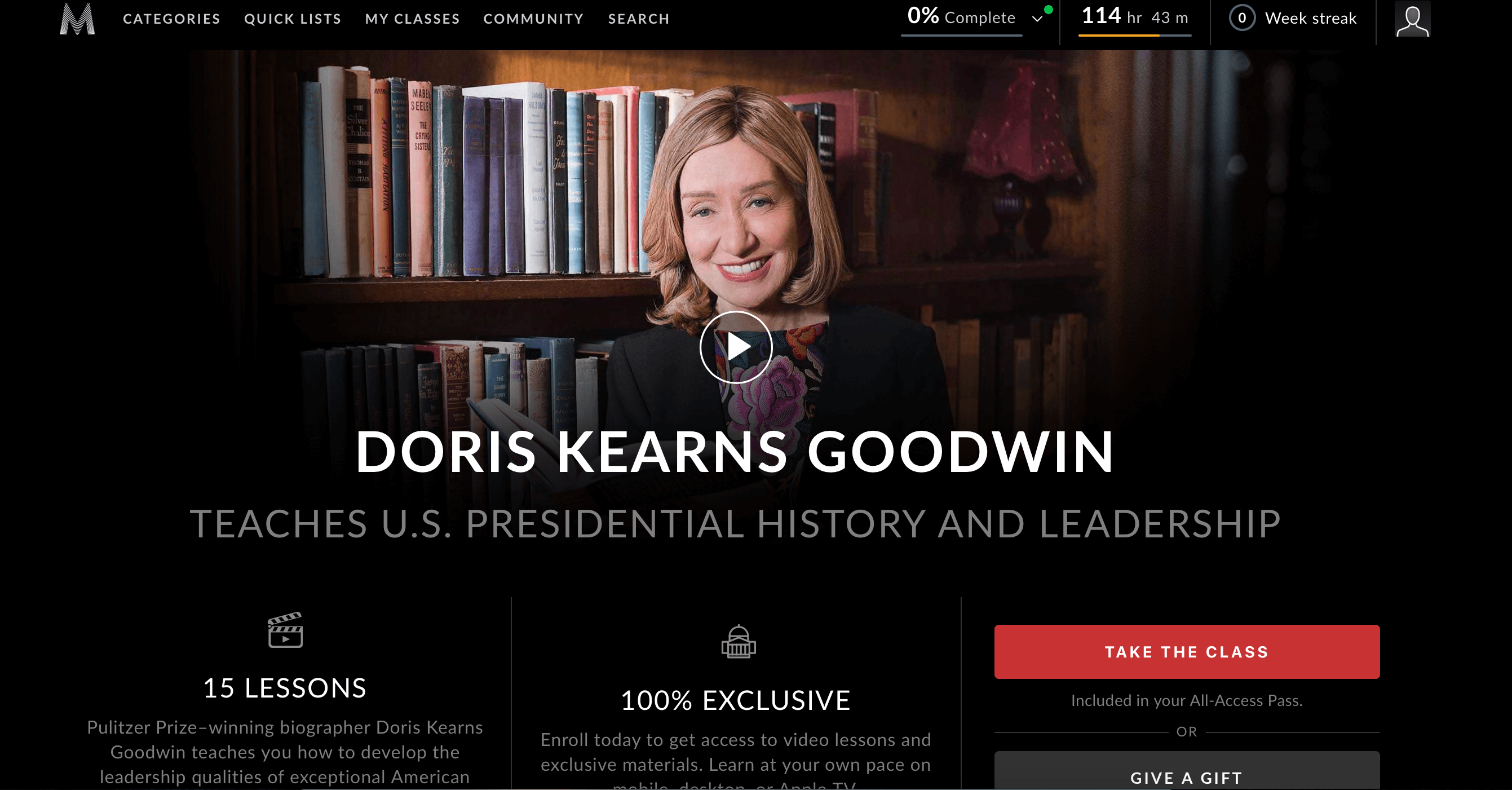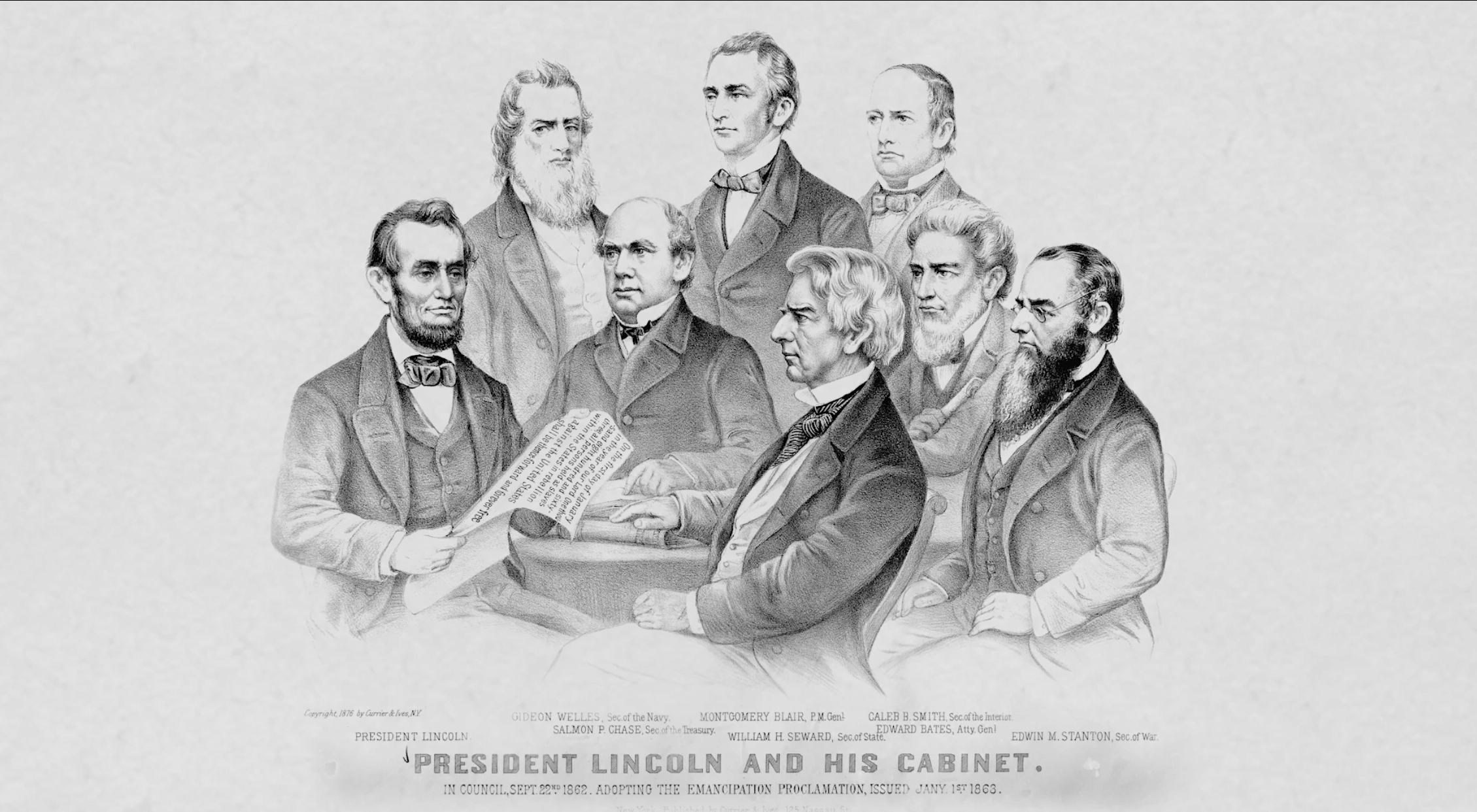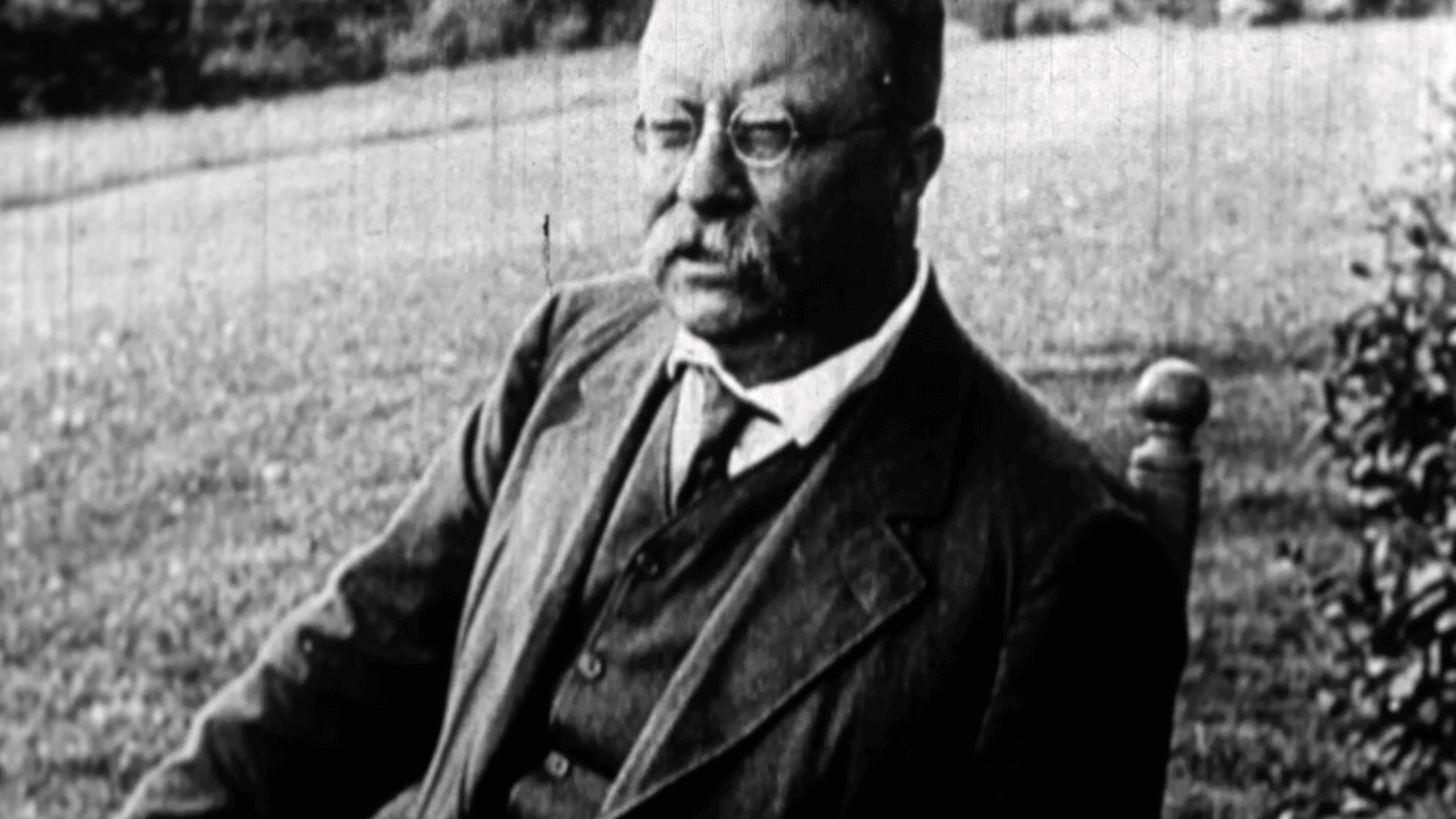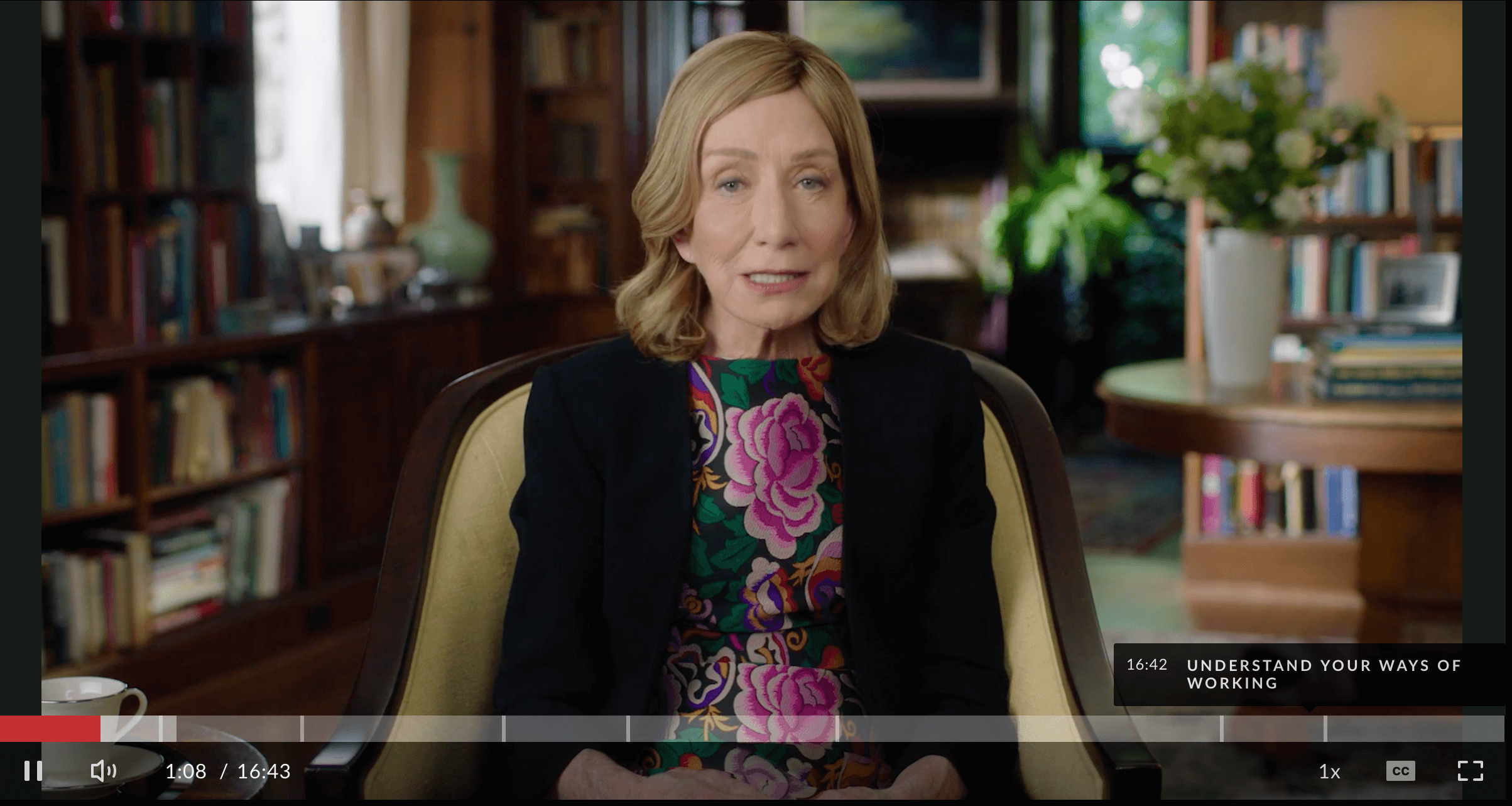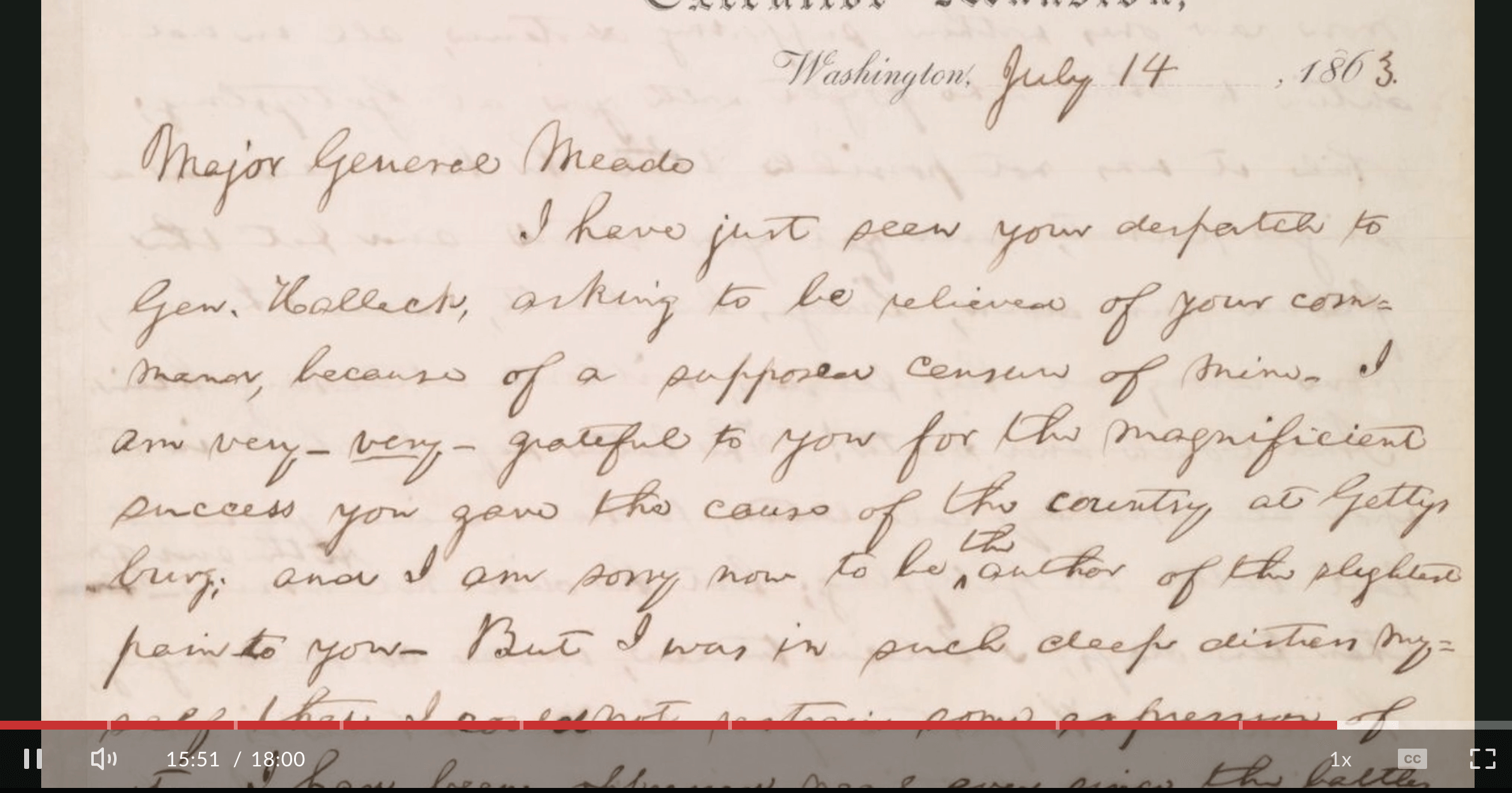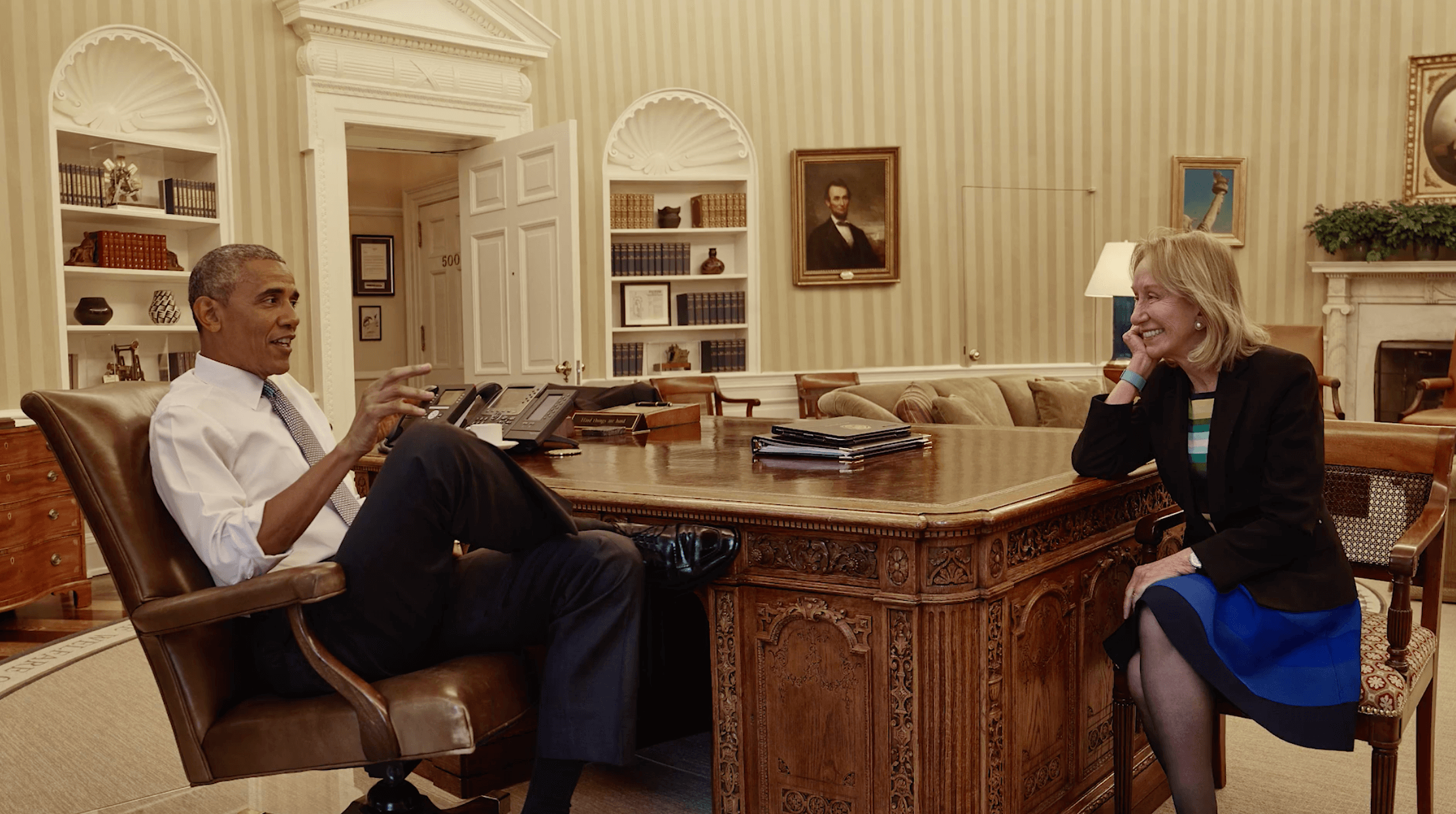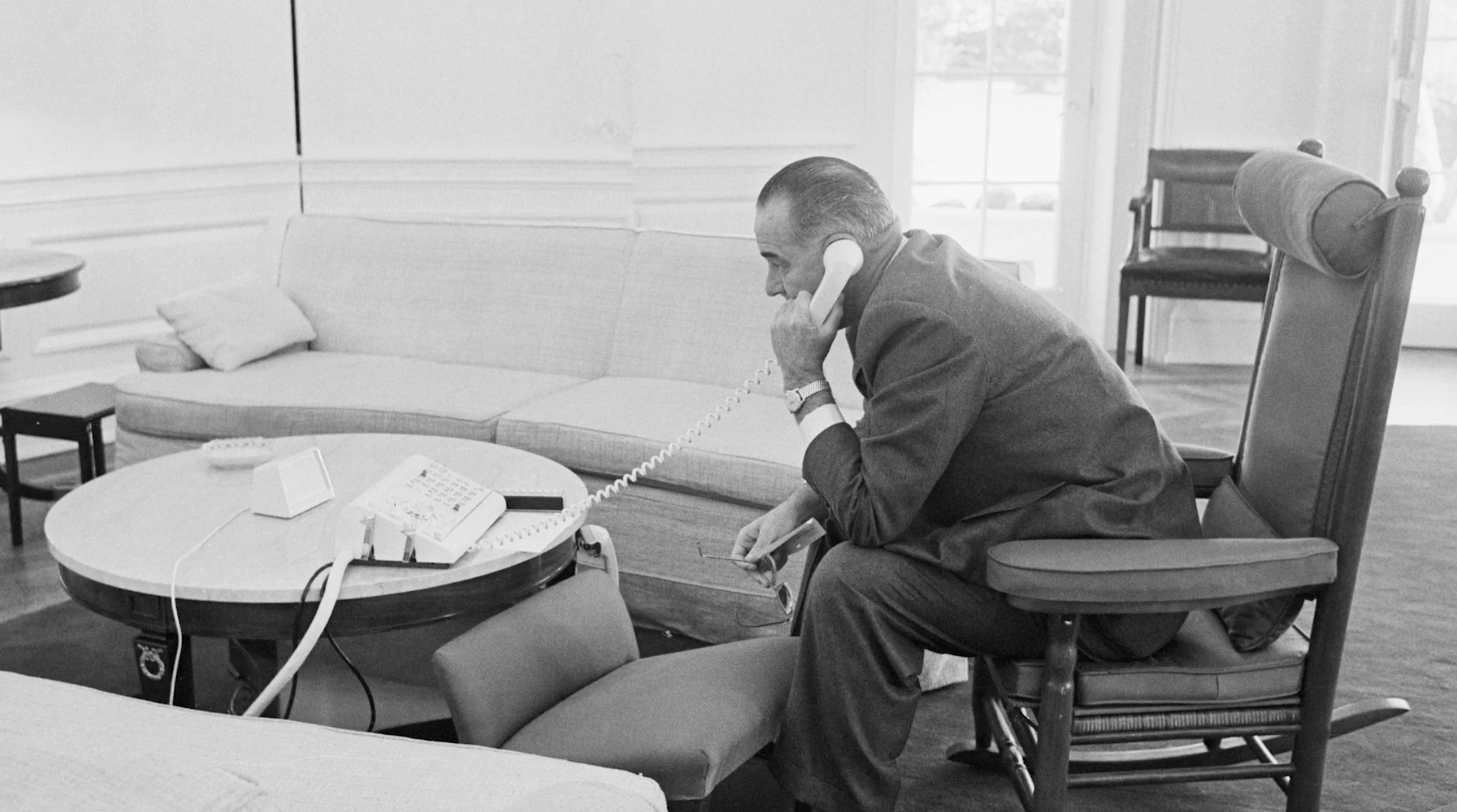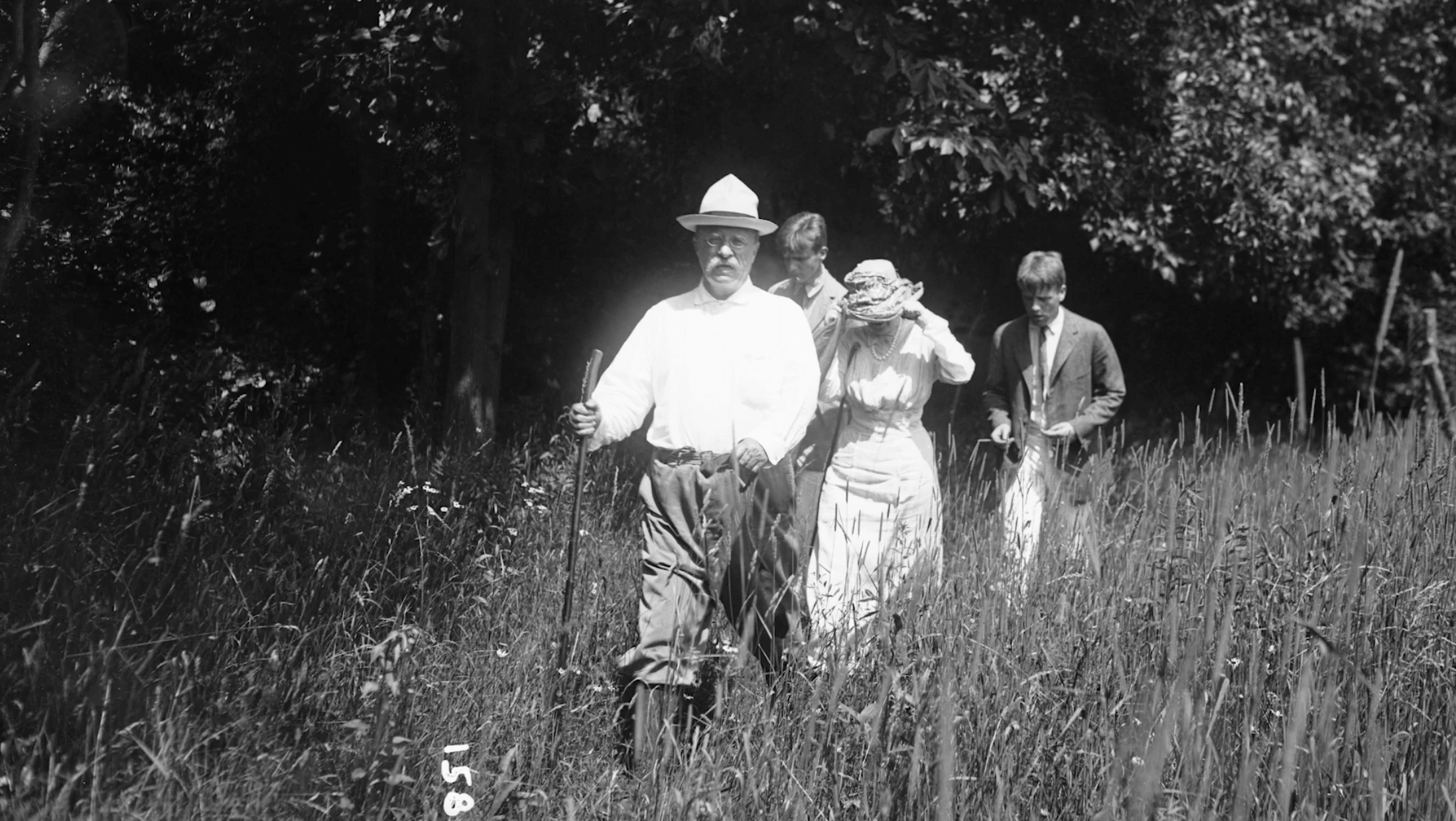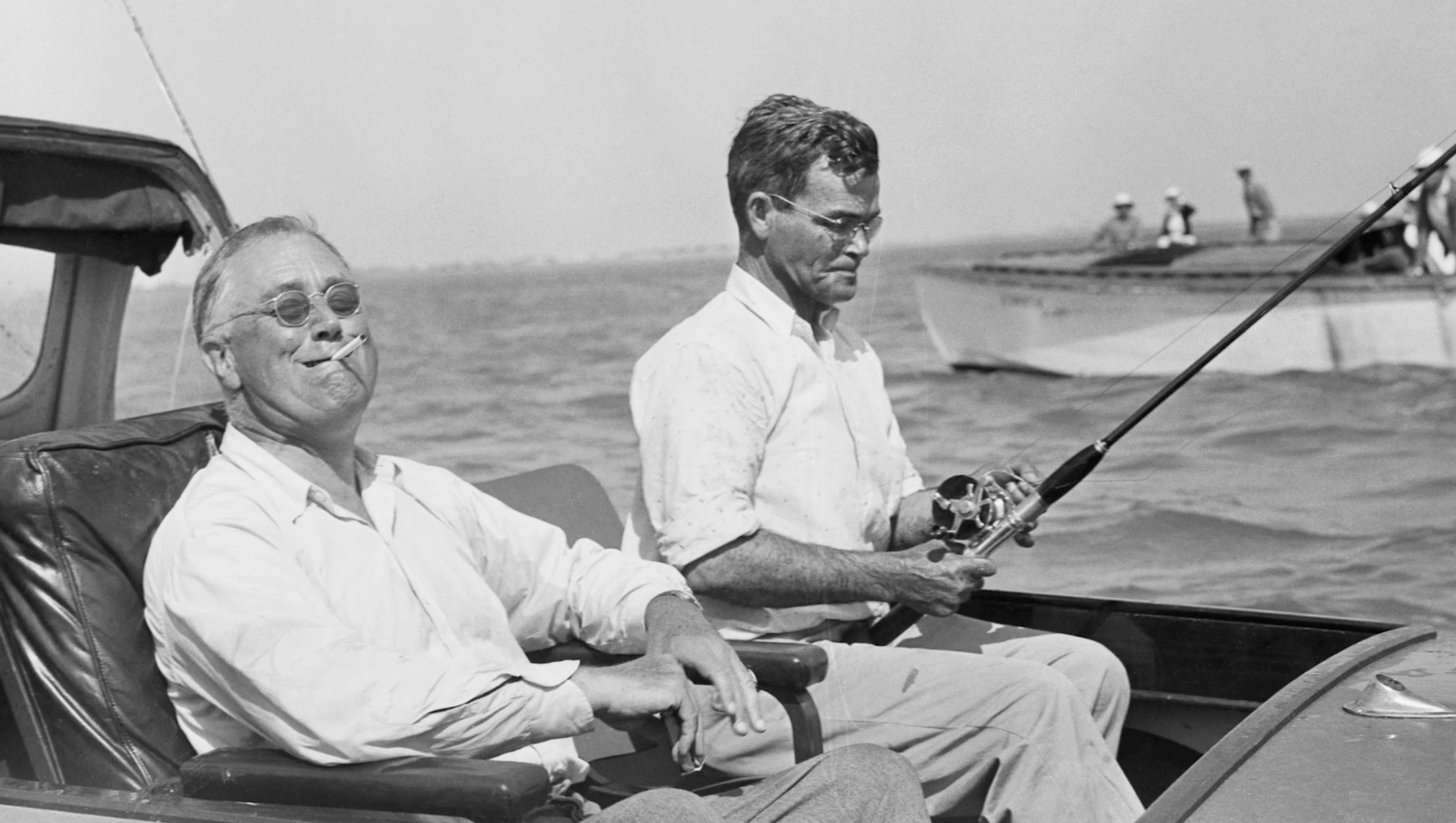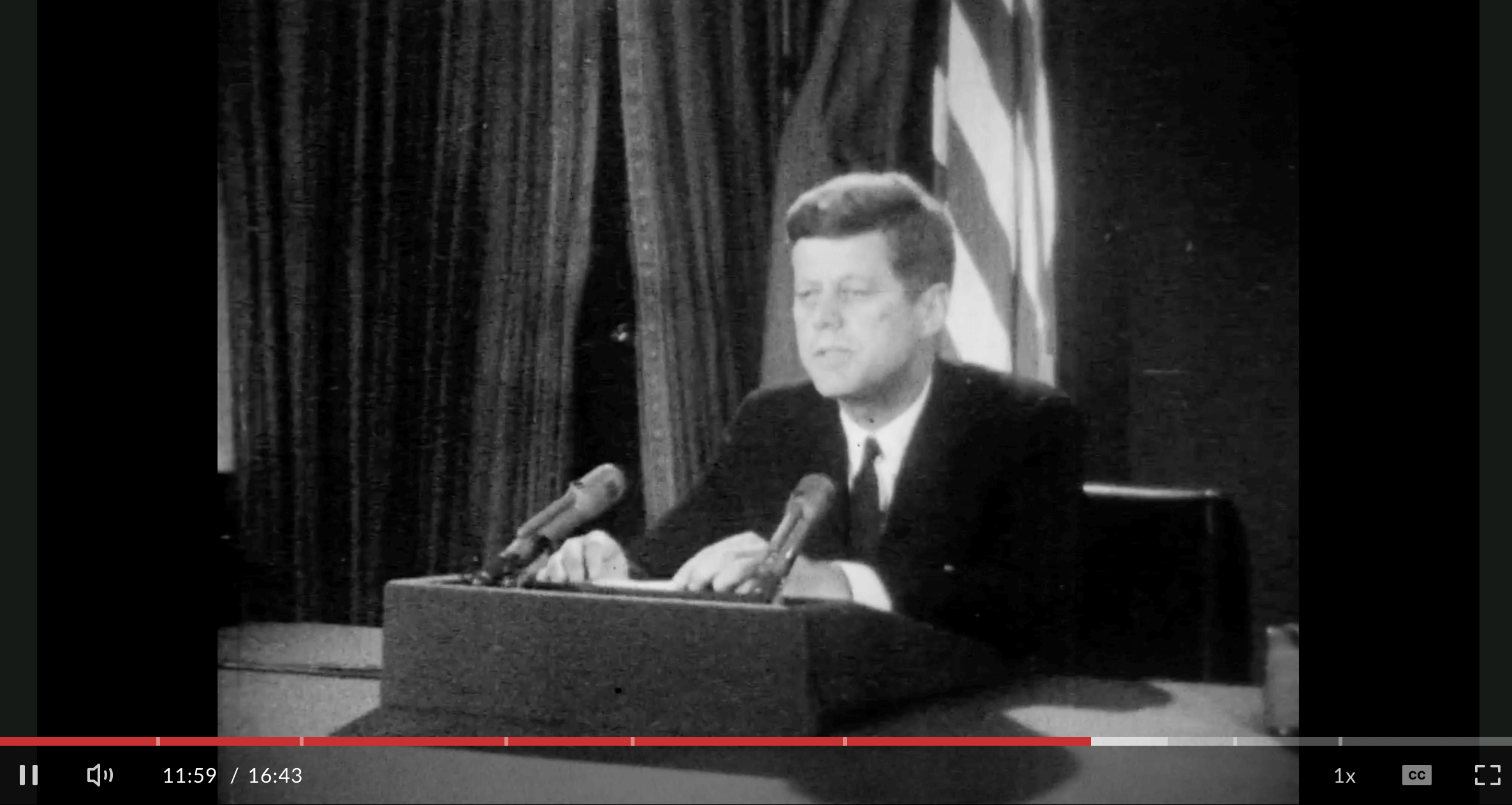I’ve always believed that history teaches us more than self-help books.
When I read a book on Roosevelt by Edmund Morris or watch a series of MasterClass lectures on U.S. Presidential History from the Pulitzer-winning Doris Kearns Goodwin, I’m partly inspired by the entertainment value. Enduring, riveting, dramatic stories of real life heroes conquering peaks and withstanding valleys. But I’m mainly inspired to learn.
By studying the leadership decisions and behaviour of Abraham Lincoln, Theodore Roosevelt, Lyndon Johnson, and FDR, we can learn about team building, emotional intelligence, and how to prosper in the face of adversity.
So, once again, my MasterClass All Access Pass was the gateway to this great experience.
Doris Kearns Goodwin Teaches U.S. Presidential History & Leadership MasterClass Review
I’ve done a lot of MasterClass reviews. But I’m going to do the Doris Kearns Goodwin MasterClass review a little differently. I’m going to focus on a small selection of leadership lessons learnt from this MasterClass. There are certainly more than I’ve detailed here, and it was certainly hard to whittle down to these, but I feel this will give you a flavour of what the class holds for you if you’re thinking of enrolling.
I’ll swiftly sum up a review of the Doris Kearns Goodwin MasterClass as a product and experience now before moving onto a few leadership lessons.
Doris Kearns Goodwin, as you might expect from a Pulitzer-winning history writer and one of many esteemed MasterClass instructors, knows her subject inside out. She’s insightful, evocative, and a compelling speaker.
Along with MasterClass being true to form and boasting high-class production value as always, this course really highlights how we’re heading in the right direction when it comes to education, entertainment, and edutainment.
Now onto the leadership lessons.
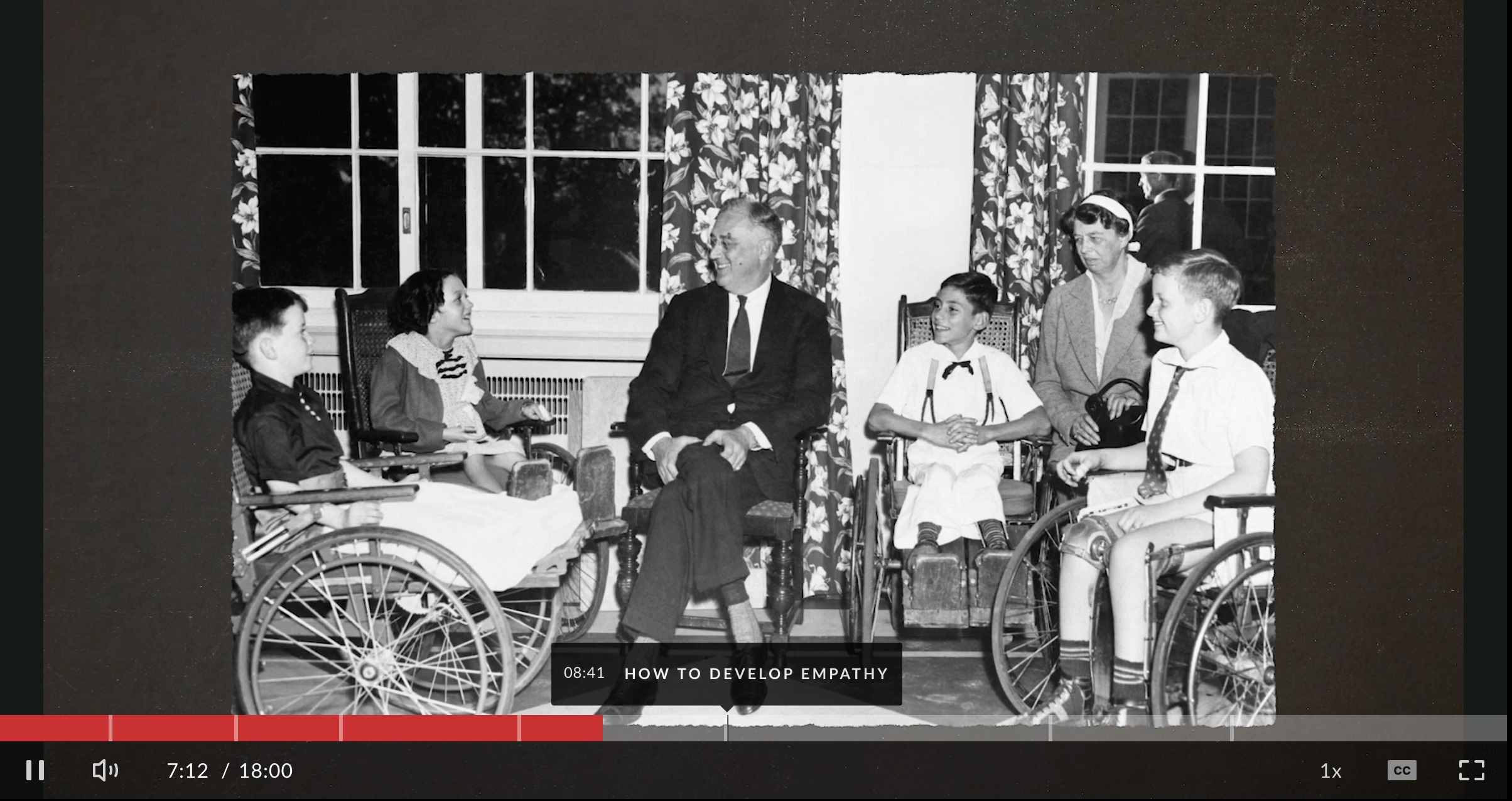
The great thing about all of the lessons learnt from the Doris Kearns Goodwin Masterclass is that, though drawn from the great presidents, can be extrapolated and used regardless of your position, role, and vocation in life.
Whether you’re the owner of a small company, an independent artist, a student studying to become a doctor, lawyer, or engineer, all of these leadership lessons, from learning how to cultivate an ambition for the greater good to resilience and empathy, are perfect for becoming a robust, visionary human being.
Are leaders born or made?
- Lincoln was born with great empathy
- LBJ was born with unbounded energy
- FDR was born with an optimistic temperament
- Teddy Roosevelt was born with insatiable curiosity and a photographic memory
Despite this, Doris believes they mostly made themselves leaders. Quoting from an essay from Teddy Roosevelt, Doris highlights that most success comes from people who develop ordinary qualities to an extraordinary degree through hard sustained work. This is what unities these four leaders – they were the first ones in the office in the morning, the last ones out at night.
How to develop resilience through adversity
Lincoln had lost his lustre in the state legislature, broken his engagement to Mary, and was so mired in depression that his friends had to hide knives and razors from him.
Knowing that he was close to death, Lincoln said:
I would just as soon die now, but I haven’t accomplished anything to make any human being remember that I had lived.
This was at the age of 31. And it was this worthy ambition that kept him going.
Like Viktor Frankl says in Man’s Search for Meaning (review), without hope, without meaning, death will come soon.
Lincoln then went on to lose again. And again. Until 1860 when he runs as a dark horse candidate and finally wins. Lincoln didn’t allow loss to prevent him from moving forward.
Teddy Roosevelt thought his life was over and left the state legislature.
His wife and mother both died on the same day, within twelve hours of each other, his mother from typhoid, his wife from complications arising from childbirth.
Roosevelt ran away to the Badlands and rode his horse for fifteen hours a day for two years to occupy him and recover from the grief.
Through nature he found salvation, and conservation became one of his legacies.
When he returned to office he was a deeper person.
Instead of planning out his whole career, choosing careers that look impressive in their progression, he realises that life could be taken away at any moment and chooses instead to become a police commissioner because that’s what he really wanted to do and it might have been his last job.
His sense of fatalism allowed him to choose the jobs where his talents could shine through the most, which ultimately resulted in a grand career to become president.
One day, due to complications from polio, FDR lost the function of his legs.
He needed to exercise in order to manipulate his wheelchair so he would ask to be put down on his carpet floor so that he could crawl around and strengthen his upper body.
Through this he learnt humility, but also how to deal with others to whom fate had dealt an unfair hand.
So FDR created a rehabilitation center and becomes a spiritual teacher and counsellor to fellow polio patients in how to get joy back in their life. They have wheelchair dances, play water polo, and have cocktail hours.
He may have become more limited in his physical abilities, but FDR became more able to empathise with and understand others.
Lincoln’s trick for self-discipline: “Hot Letters”
One of Doris’ favourite presidents to “live with” was Lincoln. I’ve heard many people say the same thing, including the great Dale Carnegie who, through studying Lincoln endlessly, was able to pen the most influential self-help books of all time, How to Win Friends and Influence People, and How to Stop Worrying and Start Living (both highly recommended).
One of the many things Doris loves about Lincoln is his ability to guide you when feeling normal human emotions like anger or jealousy.
Instead of letting these emotions fester and poison you, you can take this trick from Lincoln.
When Lincoln was angry with someone, he would write what he would call a “hot letter” to the person. All of his emotions would come out. Then he’d put the letter aside, cool down, and allow the letter to become irrelevant.
The most famous case is when General Mead failed to attack General Lee’s army while they were in prime position after the victory of Gettysburg. Lincoln wrote Mead a long letter expressing his upset and disappointment. If only Mead had attacked at that opportunity! Now the war would go on for much longer and more lives would be needlessly lost.
But Lincoln knew it would paralyse the general to read that letter, so he put it aside and it was only discovered in the 20th century with a note saying it was never sent and never signed.
When Doris interviewed Obama, she found out that he used the same technique.
He’d write angry letters at night but throw them in the wastebasket when he was done.
This same technique has saved CEOs and heads of companies. Doris talks of one CEO who wrote an angry letter to a subordinate, but kept it in draft and found out the next day that the subordinate was not responsible.
How to successfully build and lead a team
Lincoln used to say that “everyone likes a compliment”. So he would write handwritten letters to those in his inner circle, even if he was responsible for the success, that praised them for their involvement.
So often in our everyday lives we forget to praise people when they do well. Yet praise is remembered and cherished.
The flip side to this is we must take responsibility when things goes wrong.
Another example of this from Lincoln is the story in which his Secretary of War was censured because he had let contractors for products that didn’t work, horses that were lame, weapons that didn’t shoot, with soldiers being killed as a result.
He had to resign his post, but Lincoln wrote a public letter to the man announcing that he alone wasn’t responsible and that everyone in the cabinet must take responsibility as the contracting process had been sped up. And the Secretary of War always remembered that Lincoln had stood by him in one of the worst moments of his life.
- Check out the MasterClass All Access Pass here.
These human things that we can do in our everyday life will make a huge difference to the people around us and how they feel about us.
Lyndon Johnson used to have a list that would include everything that was not done quite right that day.
At the end of each day, he would ask the staff what could have been done better. Then they would check the list off and improve the next day.
This is an extreme way of living.
But if you are able to incorporate such an iterative mindset process into your day-to-day lives, it would be impossible not to become successful.
Doris Kearns Goodwin says:
The most under-appreciated leadership strength is the ability to relax and replenish energies.
And in a module that reminds me of the “sharpening the saw” section of Stephen Covey’s great 7 Habits of Highly Effective People, she goes on to outline what recharge rituals Lincoln, Teddy Roosevelt, FDR, and LBJ used so that they could continue solving complex problems and making high-stakes decisions with a clear mind.
We think we’re too busy to relax, attached to our smartphones 24/7, able to be reached by anyone at anytime. Yet the presidents Doris has studied were much more busy than you or I.
And yet Lincoln went to the theatre over 100 times during the Civil War.
For a couple of hours, when the lights went down and the curtains went up, he was able to forget about the war that was raging. He was often criticised for doing so, but he said if it weren’t for those theatre trips, his anxiety would have killed him.
In this module, we learn about Teddy Roosevelt’s hiking habits and rules (his point-to-point rules left many of his companions unable to keep up).
We learn about FDR’s socialisation habits and rules for structuring his cocktail parties.
We learn about how Lincoln used a soldier’s home for a place of respite, which led to the emancipation proclamation.
FDR’s 10-day fishing trip: downtime aids breakthroughs
FDR was much criticised for taking a 10-day fishing trip in 1940.
Britain was being bombed before America joined the war. During this fishing trip, he received a long letter from Churchill asking for help – Britain could no longer buy weapons from America.
It was during this trip that FDR came up with the essential lend-lease program, which resulted in America lending Britain military aid. This creativity was the result of being away from the bureaucracy of Washington and having time to think.
How to make informed decisions
FDR didn’t expect to get a hit every time he got up to bat.
If you’re a 300-hitter, you’re a baseball all star. And that means you get a hit only 3 out of 10 times.
What FDR was looking for was the “best batting average possible” for himself and the entire team. This empowered his whole team and is a mindset that you should adopt when it comes to making decisions.
Don’t stress about your decisions being perfect. You simply have to go for the highest batting average possible. That means you can miss sometimes.
You don’t have to hit 1,000. If you aim for that, you’ll never make a decision. Just keep taking the swings.
How to write history
One of the most interesting modules for me was the one on how to write history. If you have any interest in writing history like Doris Kearns Goodwin, this module is worth the price of entry alone.
Her approach is to pretend as though she knows exactly the same amount as those she is writing about.
We all know what happened after D-Day, but can you imagine being inside the mind of a soldier the day before D-Day? Can you get inside Churchill’s mind as he has a sleepless night, worrying that 20,000 men are about to be killed?
This is how you teach history too.
It captivates your audience and transports them back in time. Too often we start with the end of a story. Dates are important, but stories have a beginning, middle, and end, and you want to know the meaning of those dates.
You want to know the drama behind those dates. You want to know what the people involved were feeling.
Doris Kearns Goodwin’s process depends heavily on primary resources.
Her reasoning for this is because if you’re going to write about figures like Roosevelt or Lincoln, you have to come up with your own storyline. Too many biographies have already been written, so relying on secondary sources isn’t good enough.
So she will dive into the private gossiping letters and diaries of people like Lincoln’s Secretary of State, so she can form a new narrative based on what they said about the man. This is the treasure you’re looking for when you’re trying to recreate what people were thinking and feeling at the time.
Reading diaries is perfect for adopting the mindset of the time because you’ll get to see an entry before and after a battle.
She then goes into the process of writing for Lincoln and working with Steven Spielberg, along with a bunch of other mindset and lifestyle tips for writers that are incredibly insightful.
Another module that I loved felt a little bit like a bonus module.
The whole MasterClass is structured around the leadership lessons you can learn from four presidents: FDR, Roosevelt, Lincoln, and Lyndon Johnson.
But in another module, we are also treated to lessons you can learn from figures like George Washington, Eleanor Roosevelt, and Martin Luther King Jr.
This was a particularly inspiring module in a long line of inspiring modules.
What’s Doris Kearns Goodwin like as a teacher?
Firstly, she’s a fabulous storyteller.
The depth and profundity of her knowledge awed me.
This MasterClass is robust and will leave you feeling as though you’ve read an incredibly well-researched book or been immersed in a well-crafted documentary.
There are so many compelling stories about the great presidents that really paint a vivid picture in your mind. And each and every one is tied back to practical leadership, mindset, and life lessons that you can immediately apply to your own life.
Who is the Doris Kearns Goodwin MasterClass for?
Quite simply, most history buffs would love this MasterClass. Particularly if you have specific interest in presidential history or leadership lessons. If you like to read about the Civil War, for instance, you’ll love the content in this MasterClass.
I think this would be great for students too. It would really enhance your appreciation of history, and if I were a History teacher, I would certainly play this MasterClass in class.
This MasterClass would also be great for anyone in a leadership, management, team building, public relations position, or anyone who works with people. The lifestyle and mindset lessons in this MasterClass are gold.
You can check out the Doris Kearns Goodwin Teaches U.S. Presidential History and Leadership MasterClass here.
